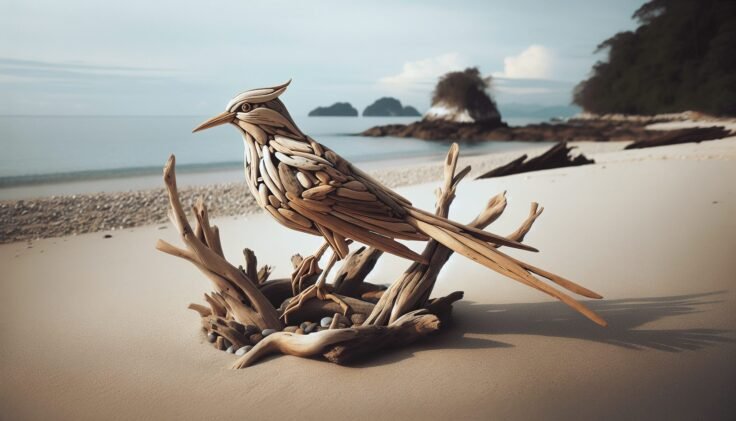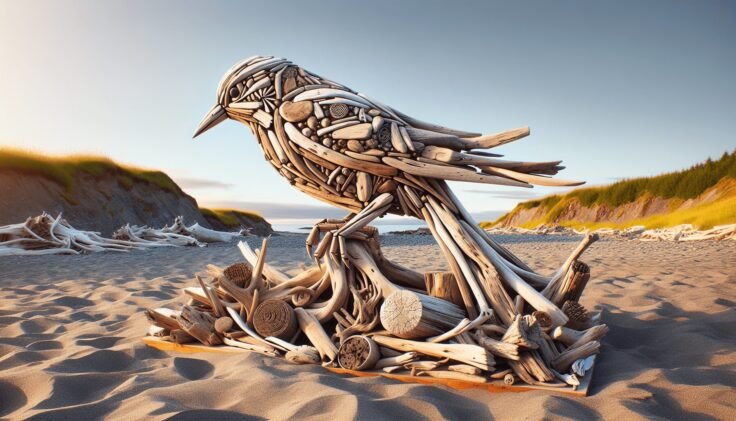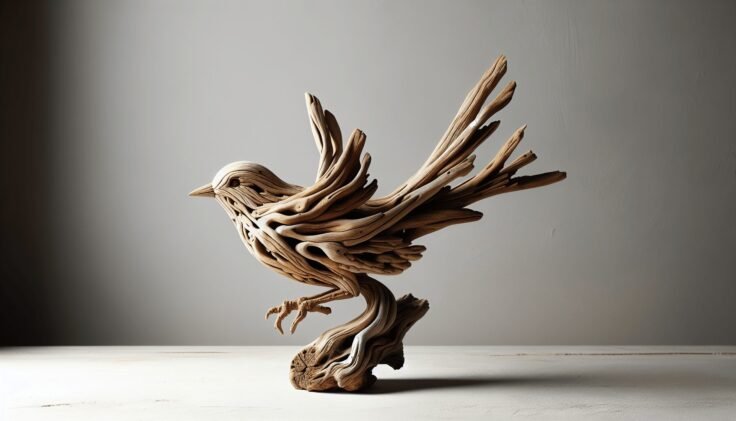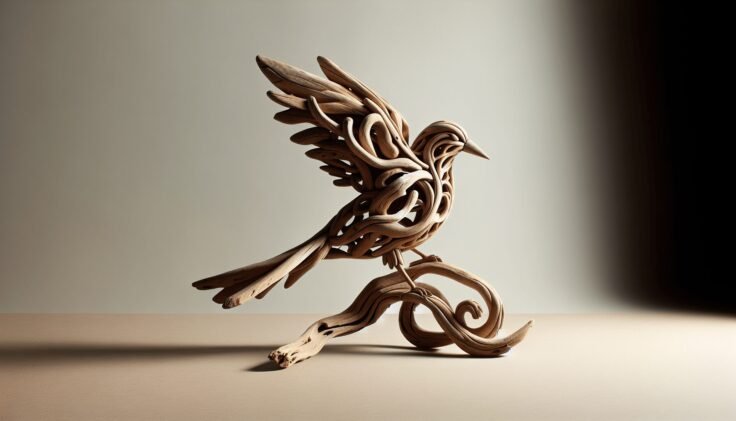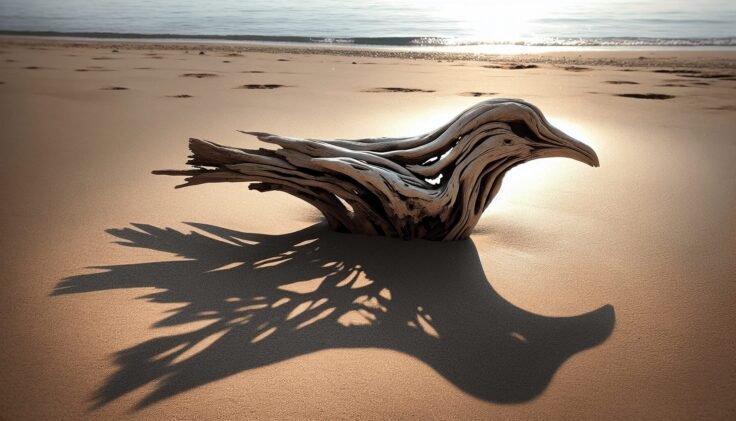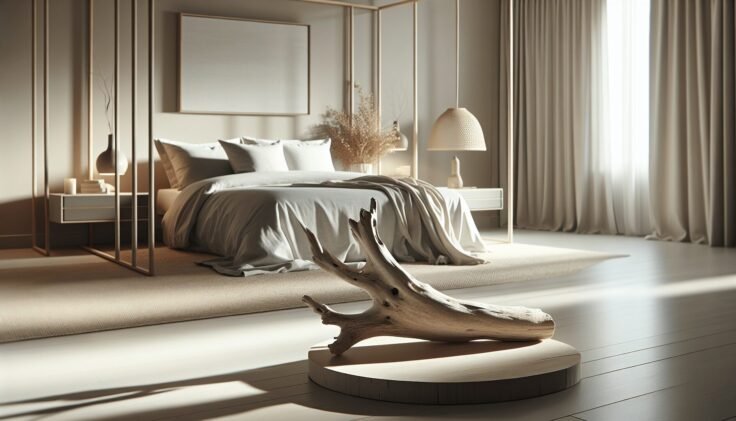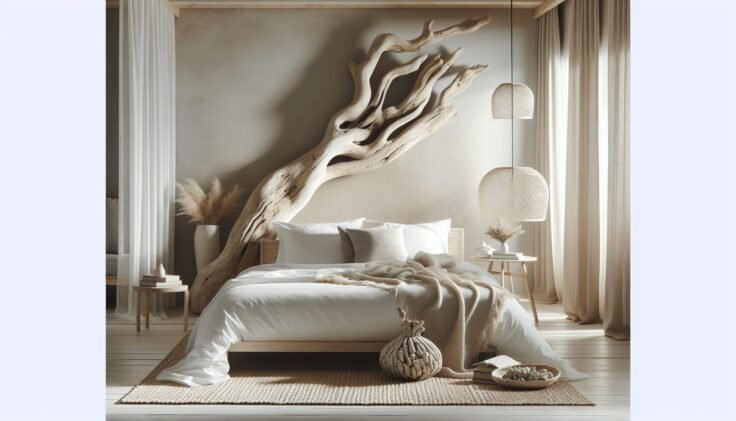Have you ever wondered how to bring a touch of rustic charm and functionality to your backyard or living space? A driftwood bird perch could be the perfect solution. Not only does it add aesthetic appeal, but it also provides a natural environment for your feathered friends. Let’s delve into the fascinating world of creating your own driftwood bird perch, exploring its benefits, how to find the right materials, and instructions on crafting your very own unique piece.
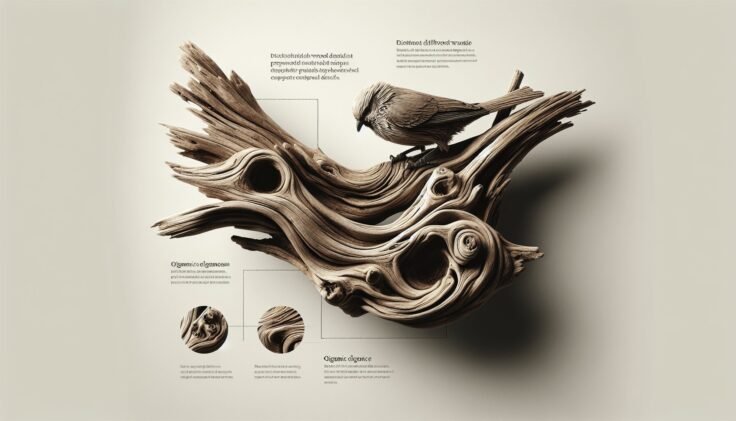
Understanding Driftwood Bird Perches
Creating a driftwood bird perch combines the beauty of natural wood with the joy of watching birds. Driftwood, known for its aesthetic appeal and unique characteristics, makes an exquisite perch for birds. Driftwood is wood that has been washed onto a shore or beach by the action of winds, tides, or waves. Over time, it is eroded by the elements, resulting in beautiful, smooth edges and shapes. This natural process makes driftwood an ideal component for creating unique bird perches.
Why Choose Driftwood?
Driftwood offers several benefits that make it an excellent material for bird perches. First, it is environmentally friendly, as it is naturally occurring and does not require cutting down trees. Additionally, the weathered look of driftwood adds a charming and unique aesthetic to any outdoor space. Finally, the rough surface of driftwood provides a natural grip for birds, making it a functional choice as well.
Benefits for Bird Health
Birds need physical activity to stay healthy, and perches play a significant role in this. A driftwood bird perch allows birds to exercise their feet and maintain healthy talons. The uneven shape of driftwood challenges birds’ balance and engages their muscles. Furthermore, as birds perch on a variety of grips and surfaces, it helps prevent pressure sores which can occur if they are stationed on uniform surfaces for extended periods.
Choosing the Right Driftwood
If you are lucky enough to live near a beach, finding the right piece of driftwood can be one of the most enjoyable parts of this project. However, if you live inland, you can also find suitable driftwood pieces online or at a local craft store. When selecting driftwood, look for pieces that have unique shapes and are sturdy enough to support the weight of birds. You should also ensure the wood is free from rot, large cracks, and sharp edges that could harm the birds.
Basic Tools and Supplies
Creating a driftwood bird perch involves a few basic tools and supplies. While your creativity will guide much of the assembly process, having the right equipment will make it easier.
Tools
- Saw: For trimming the driftwood to the desired length.
- Drill: To create holes for mounting the perch or attaching additional features.
- Sandpaper: To smooth any rough edges that might injure the birds.
Supplies
- Driftwood: The main component for the perch.
- Non-toxic Sealant: To protect the wood and prevent it from deteriorating further, while ensuring it’s safe for birds.
- Wood Screws: To attach the driftwood securely to a base or stand.
- Mounting supplies: Depending on where you want your perch, this could be rope, chains, or brackets.
Preparing the Driftwood
Once you’ve chosen your driftwood, the next step is to prepare it for use. This includes cleaning the wood, cutting it to the desired size, and treating it if necessary.
Cleaning the Driftwood
To ensure the driftwood is safe and free from any harmful substances, it’s important to clean it thoroughly. Begin by rinsing the driftwood with fresh water to remove any salt, sand, or debris. If desired, you can soak it in a bleach solution (approximately one cup of bleach per gallon of water) to kill any bacteria or insects. Be sure to rinse it thoroughly after soaking to remove any bleach residue.
Cutting and Shaping
Once your driftwood is clean, you may need to trim or shape it. Use a saw to cut the driftwood to the desired length, and sand any rough or jagged edges smooth. The goal is to have a perch that is safe for birds to land on and move around without injury.
Sealing the Driftwood
Applying a non-toxic sealant can help preserve the wood and protect it from the elements without posing any risk to birds. Make sure the sealant you use is labeled as bird-safe to prevent any harm.
Crafting Your Driftwood Bird Perch
Now that your driftwood is ready, it’s time to assemble your bird perch. This stage allows for creativity in design; you can choose a simple or elaborate construction depending on your skills and available materials.
Assembling the Perch
To begin assembly, decide how you want to position the driftwood. You might choose to mount it horizontally, vertically, or even create a multi-level perch. Drill holes in strategic locations to allow screws or ropes for hanging. If working with multiple pieces of driftwood, consider using wood screws to join them in a stable arrangement.
Adding Features for Birds
Beyond the basic perch structure, consider adding features that enhance the perch’s appeal to birds. Attaching feeders, small platforms, or birdhouses can entice more birds to visit. Remember to position these features in a way that is accessible but safe for birds.
Final Installation
Decide whether the perch will be freestanding or suspended. If suspended, ensure it’s hanging securely with chains or ropes strong enough to hold the driftwood and birds safely. When shifting to a location, consider factors like weather conditions and exposure to ensure it lasts longer.
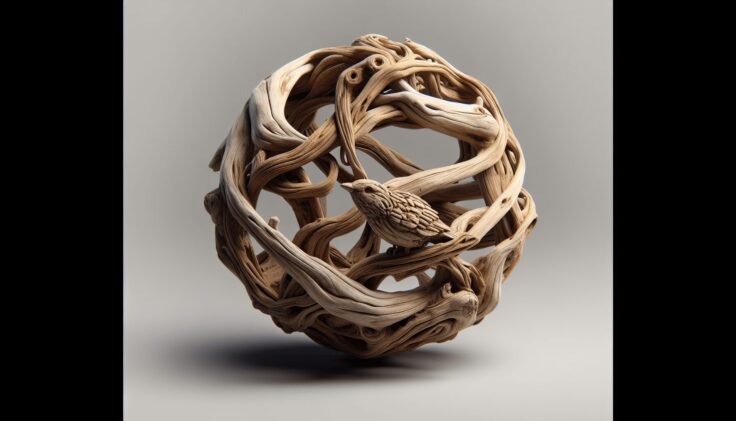
Caring for Your Driftwood Bird Perch
Just like any other outdoor fixture, a driftwood bird perch requires some maintenance. This will ensure that it remains safe and attractive for birds over time.
Routine Inspections
Regular inspections can help ensure that the perch remains safe and sound. Check for any signs of wear or deterioration, particularly after storms or heavy winds. Tighten screws and repair any damage promptly to keep the perch stable.
Cleaning the Perch
From time to time, it might be necessary to clean the perch. Use a soft brush to remove bird droppings, dirt, or moss. A gentle rinse with water occasionally helps keep it looking fresh. Avoid harsh chemicals or soaps, as they might leave harmful residues.
Conclusion
Incorporating a driftwood bird perch into your space not only adds natural beauty but also provides an engaging environment for birds. The craftsmanship involved in selecting, preparing, and assembling the driftwood can be a rewarding creative pursuit. With the information provided, you can confidently begin your project and enjoy the satisfaction of observing birds enjoying your unique creation. Here’s to creating a sanctuary for our feathered friends with a piece of nature’s artistry!


